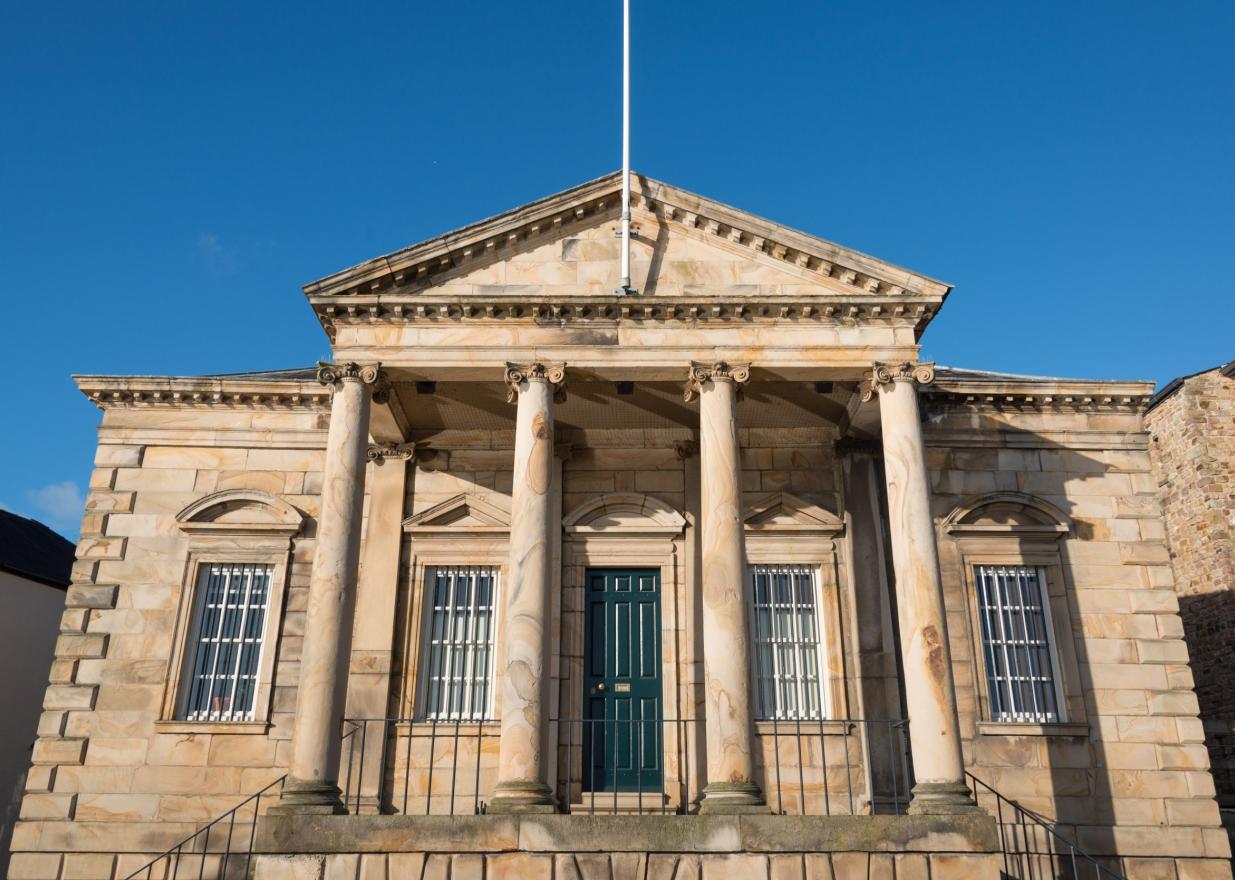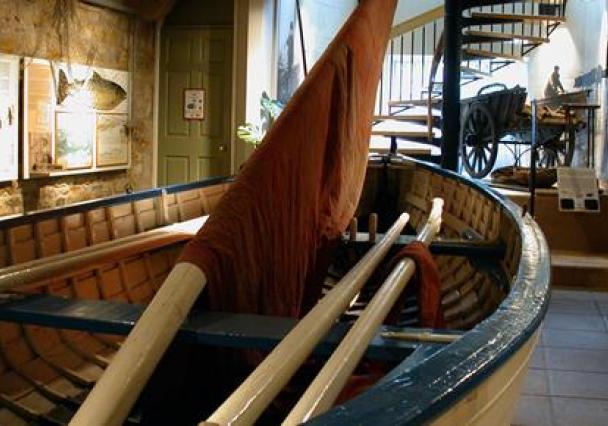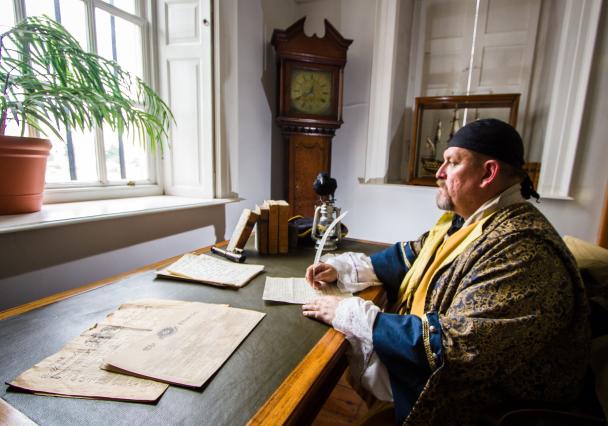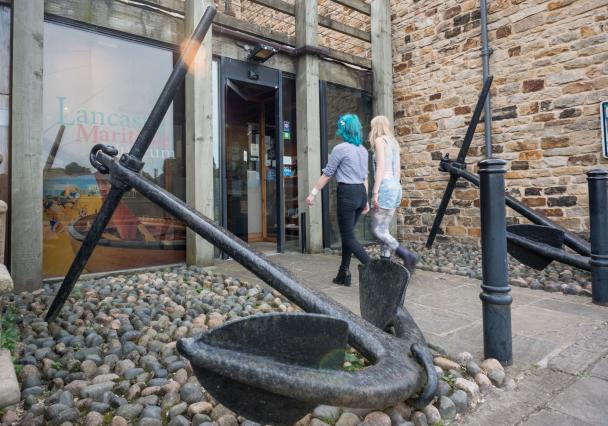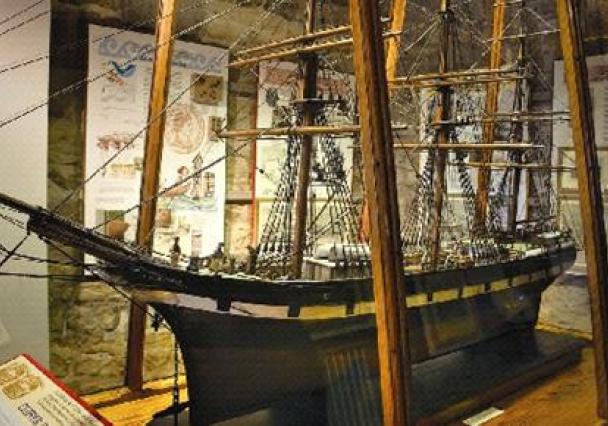Lancaster Maritime Museum

Head down to St George’s Quay to find out more about Lancaster's connections to the sea.
Using sound, smells, reconstructions and audiovisuals, Lancaster Maritime Museum reveals the city's former status as an international trading port and explores the history of the Lancaster Canal, the unusual fishing industries of the area, the local tradition of travel across the sands of Morecambe Bay, and more.
The museum stands at the heart of the old Port of Lancaster. It's housed within the original Custom House and an adjacent warehouse building, both of which date back to the second half of the 18th century.
Visitors can look out over the River Lune before picking up a snack from the grab & go cafe. Don't miss the changing programme of special exhibitions!
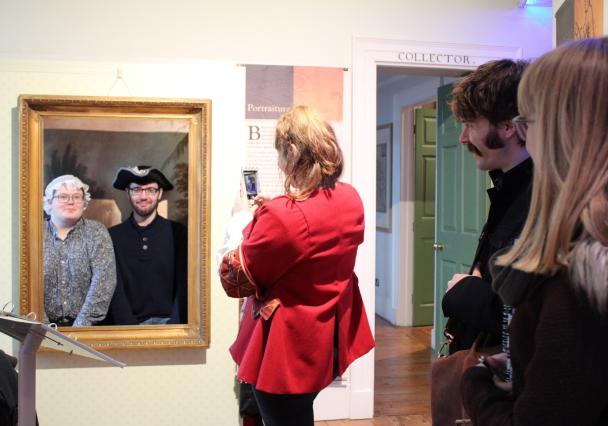
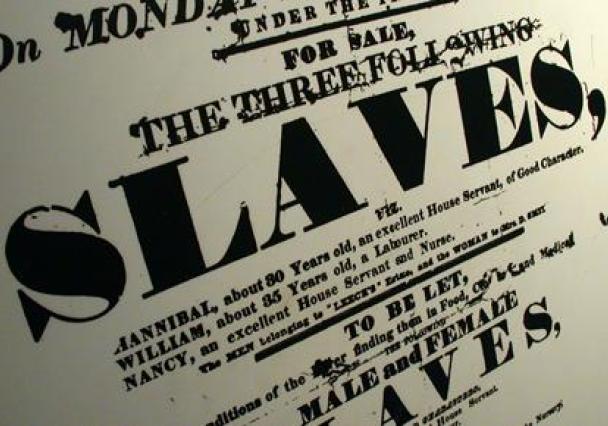

Opening Hours
- Mon, Fri, Sat, Sun: 12pm - 4pm
- Tue, Wed, Thu: Closed
- OPEN as usual for all spring & summer Bank Holidays. Closed christmas & new year.
Facilities
- TOILETS: Two ground floor unisex toilets. One is wheelchair-accessible, with emergency cord.
- BABY CHANGING: facilities available in the accessible toilet.
- GIFT SHOP: Browse maritime-themed books, toys & gifts. Many locally produced or from sustainable sources.
- CAFE: Self-service Grab & Go Galley Cafe with indoor seating, outdoor dog-friendly boatyard seating & takeaway options.
- PARKING: Free on-street parking for up to 3 hours. One Blue Badge parking space in front of the museum. Pay and Display car park behind the museum.
- LIFT: all areas of the museum except the small mezzanine gallery are accessible via a lift.
Social Media






